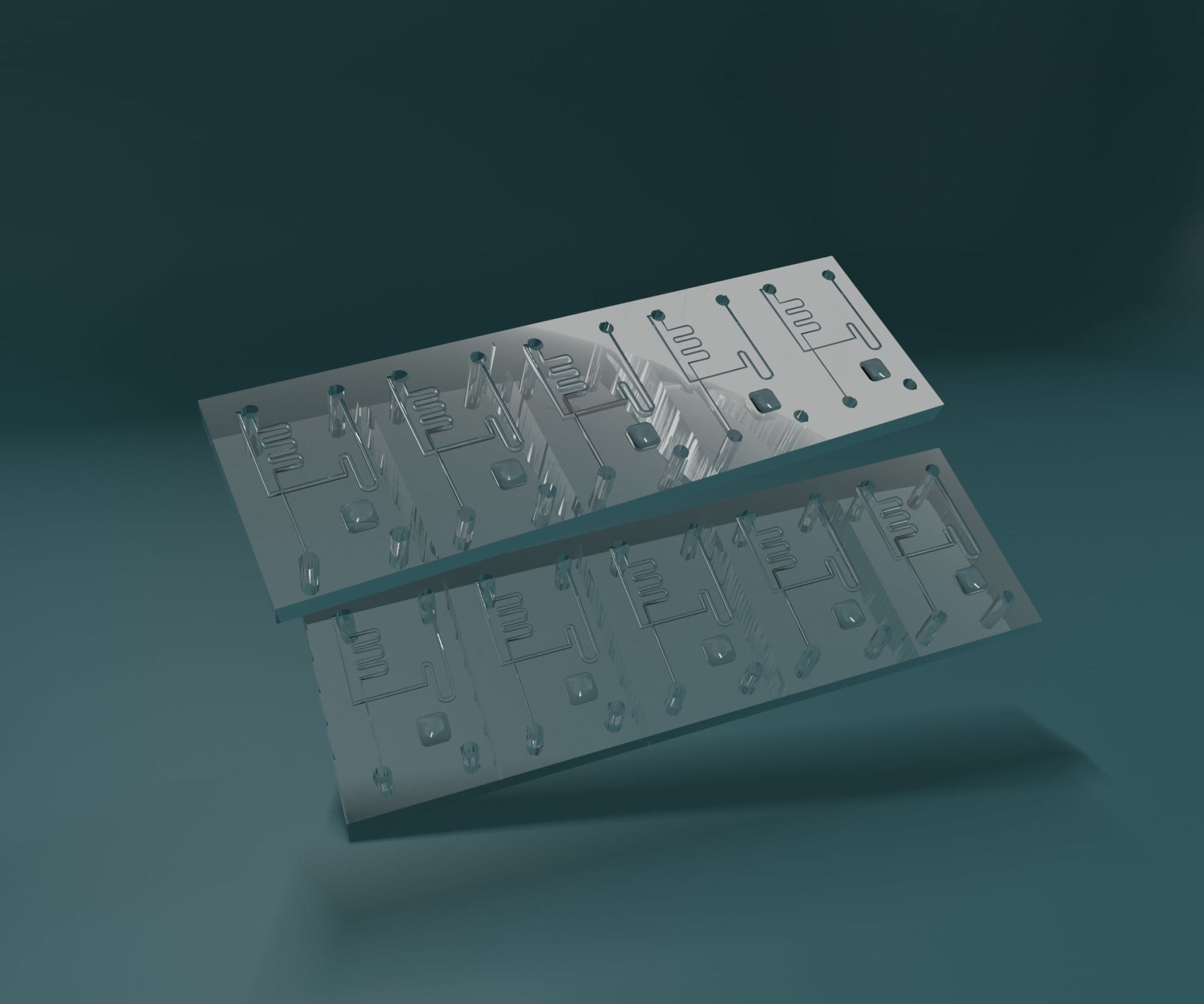what is chemical milling
Chemical milling, also known as chemical machining or chem-milling, is a manufacturing process used to selectively remove material from the surface of a workpiece using chemical reactions. This process is typically used to shape and finish metal parts and is particularly useful for producing complex and intricate shapes that are difficult or costly to achieve using traditional mechanical machining methods like milling, turning, or grinding.
Here’s how chemical milling generally works:
- Masking: A protective mask or resist material is applied to the surface of the workpiece. This mask is typically made of materials that are resistant to the chemical etchant used in the process. The mask is precisely designed to expose only the areas of the workpiece that need to be chemically milled, leaving the rest of the surface protected.
- Etching: The workpiece, with the mask in place, is immersed in a chemical etchant bath. The etchant is a corrosive solution that reacts with the exposed metal surfaces but does not affect the masked areas. The etchant removes material from the exposed areas by dissolving it through chemical reactions.
- Rinse and Finish: After a predetermined amount of time, the workpiece is removed from the etchant bath and thoroughly rinsed to stop the chemical reaction. The mask is then removed, revealing the finished part. Additional finishing processes such as cleaning, deburring, or surface treatment may be necessary to achieve the desired final product.
Chemical milling offers several advantages, including the ability to produce parts with high precision, intricate geometries, and fine details. It is often used in aerospace and automotive industries to manufacture components like aircraft engine blades, turbine disks, and intricate parts for fuel systems.
how chemical milling works
Chemical milling, also known as chemical machining or chem-milling, is a subtractive manufacturing process used to selectively remove material from the surface of a workpiece through chemical reactions. The process typically involves the following steps:
- Masking: A protective mask or resist material is applied to the surface of the workpiece. This mask is designed to cover and protect the areas of the workpiece where material should not be removed during the chemical milling process. The mask is often made of materials that are resistant to the chemical etchant used in the process.
- Exposure: The masked workpiece is exposed to a chemical etchant. The etchant is a corrosive solution or chemical mixture that reacts with and dissolves the exposed metal surfaces of the workpiece. The specific etchant used depends on the material being processed and the desired rate of material removal.
- Etching: As the workpiece is immersed in the etchant, the chemical reactions between the etchant and the exposed metal surfaces result in the removal of material. The etching process selectively removes material from the exposed areas while leaving the masked areas unaffected. The rate of material removal can be controlled by factors such as the concentration of the etchant, the temperature of the etchant bath, and the immersion time.
- Rinse and Neutralization: After a predetermined amount of time or when the desired depth of material removal is achieved, the workpiece is removed from the etchant bath. It is then thoroughly rinsed to stop the chemical reaction. Rinsing helps remove any residual etchant and prevent further material removal. In some cases, a neutralization step may be required to neutralize any remaining acidic or alkaline residues.
- Mask Removal: The protective mask or resist material is removed from the workpiece, revealing the final part with the desired shape and features.
- Post-processing: Depending on the application and the final part requirements, additional post-processing steps such as cleaning, deburring, and surface finishing may be performed to achieve the desired surface quality and tolerances.
Chemical Milling Equipment
The equipment used in the production of high-precision metals and the details of how each piece of equipment works in the production of high-precision metals. Click to learn more.
| Dry Film Precision Metal Chemical Milling Process | Wet Film Precision Metal Chemical Milling Process |


